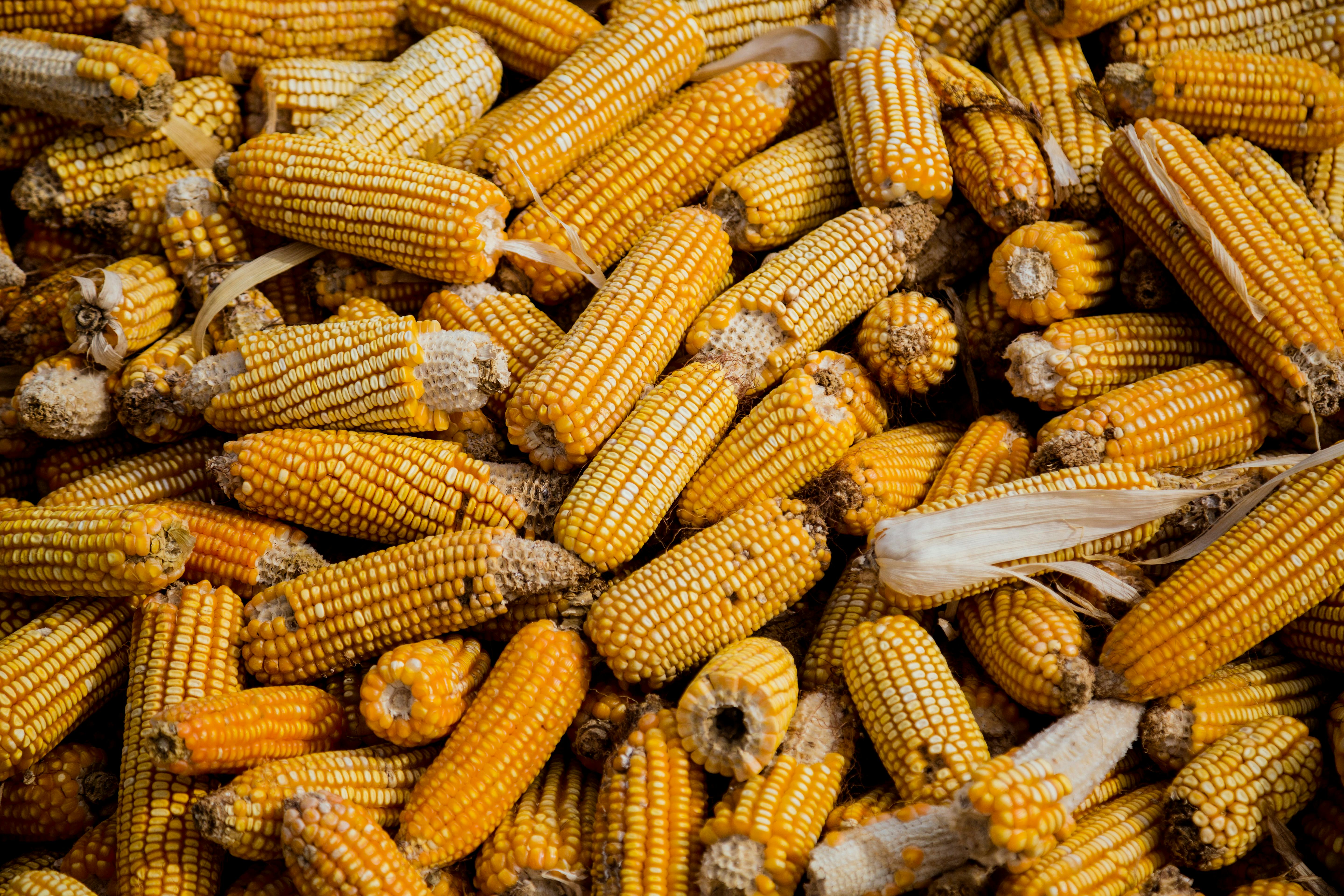Wheat rose from a one-week low, helped by expectations of strong imports by China following weather damage to China’s harvest.
“Soybeans and corn are suffering some selling pressure today following their rises this week,” said Arnaud Saulais of SCB. “The talk about more Chinese demand is helping to support wheat prices.”
Chicago Board of Trade new-crop December corn was down 0.2 percent to $5.09-3/4 a bushel by 1105 GMT. November soybeans fell 0.27 percent to $12.83 a bushel.
September wheat rose 0.3 percent to $6.71-3/4 a bushel.
Both corn and soybeans have been underpinned this week by fears the hot weather in the US Midwest will stress pollinating corn and the growing soybean crops.
“Soybeans had risen sharply on Tuesday and erased part of last week’s weakness but the November soybean contract failed to cross the $13 level,” Saulais said. “This has led to some profit-taking and selling pressure.”
Grains and soybeans are currently very volatile weather markets with prices very sensitive to forecasts each day in the US grain belts, he said.
“Overall my customers have the feeling the situation with the US corn crop is not very bad compared to the crisis last year and we are seeing some weakness some days because of such sentiment,”
US corn was planted late because of excessive wet weather and will be pollinating or going through its reproductive stage of development later than usual.
Importers are hoping record US corn and soybean crops this year will ease three years of tight supplies. US corn prices hit record highs last year following a devastating drought.
The market is also factoring in a surprise drop in US condition ratings for each crop.
The US Department of Agriculture (USDA) this week rated 66 percent of the US corn crop in good to excellent condition, down from 68 percent a week earlier. For soybeans, 65 percent of the crop was rated good or excellent, down from 67 percent the previous week.
“This week’s drop in crop conditions took the market by surprise with a 2 percent drop versus the normal mid-July drop of 1 percent,” said Chris Narayanan of Societe Generale in a note. “While the market is rightly concerned with these outlooks, we see no serious threats yet to the US crop prospects and recommend selling any rallies.”
In the wheat market, there is support from higher corn prices and hopes of Chinese demand although gains were capped by ample supplies from the freshly harvested US winter crop.
China’s wheat crop has suffered more severely than previously thought from frost and rain, and import demand to compensate for the damage could see the country take over from Egypt as the world’s top wheat buyer.
“On wheat, we know the Chinese are buying and there are forecasts of large volumes,” said SCB’s Saulais. But the expectations are already high following the USDA and other forecasts.”
“We do not know the overall likely wheat imports by China but the demand from China is underpinning wheat prices.”



